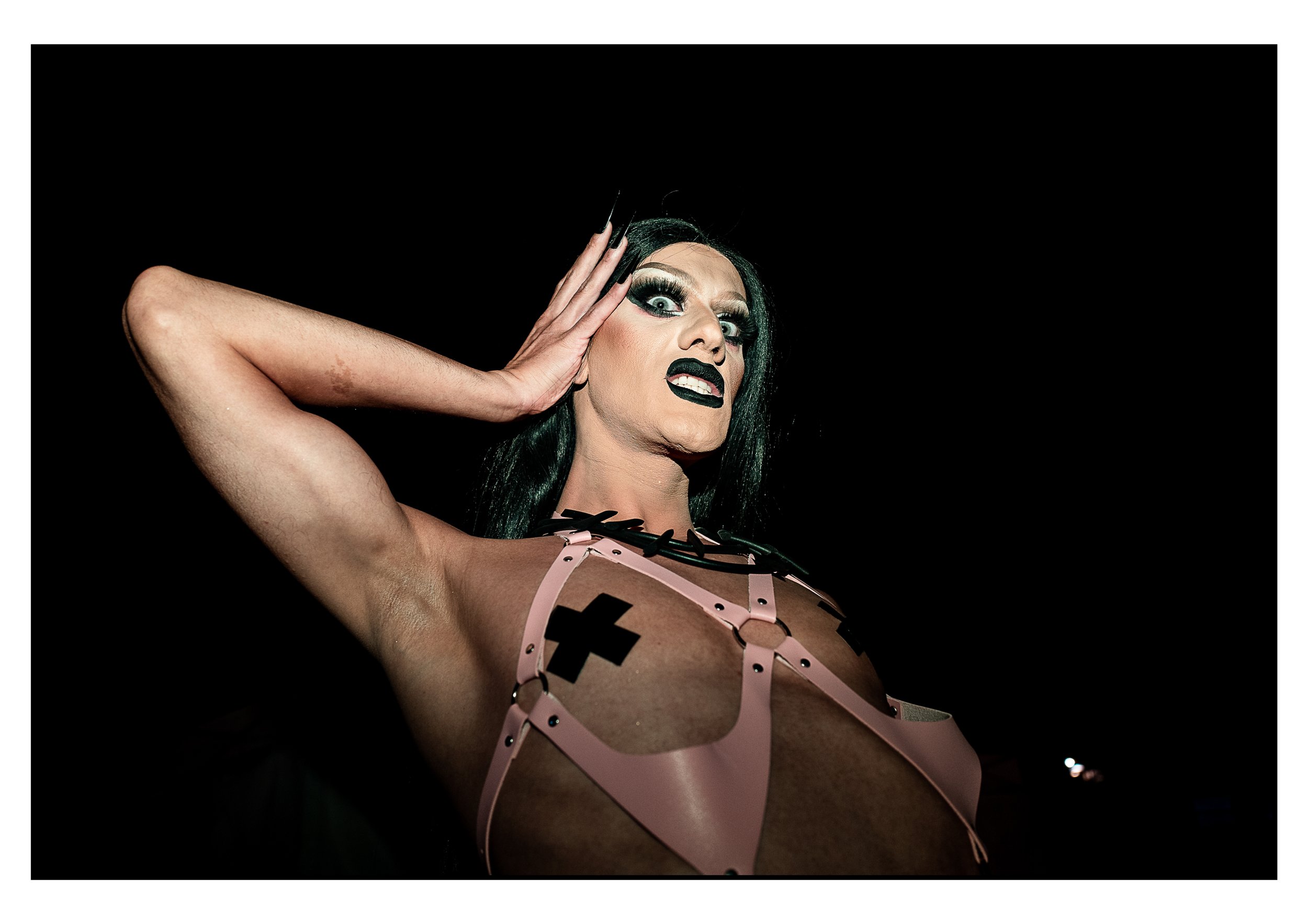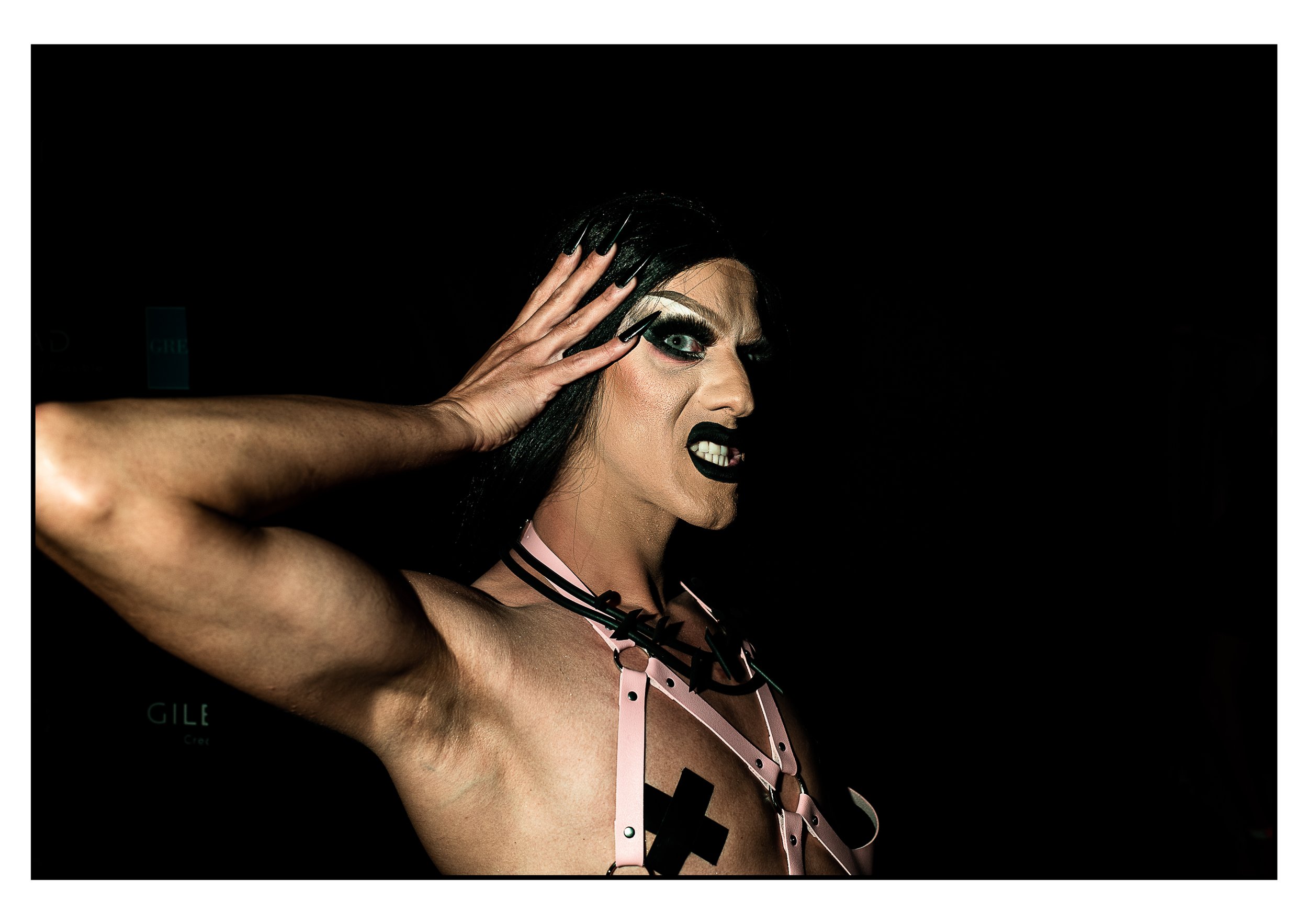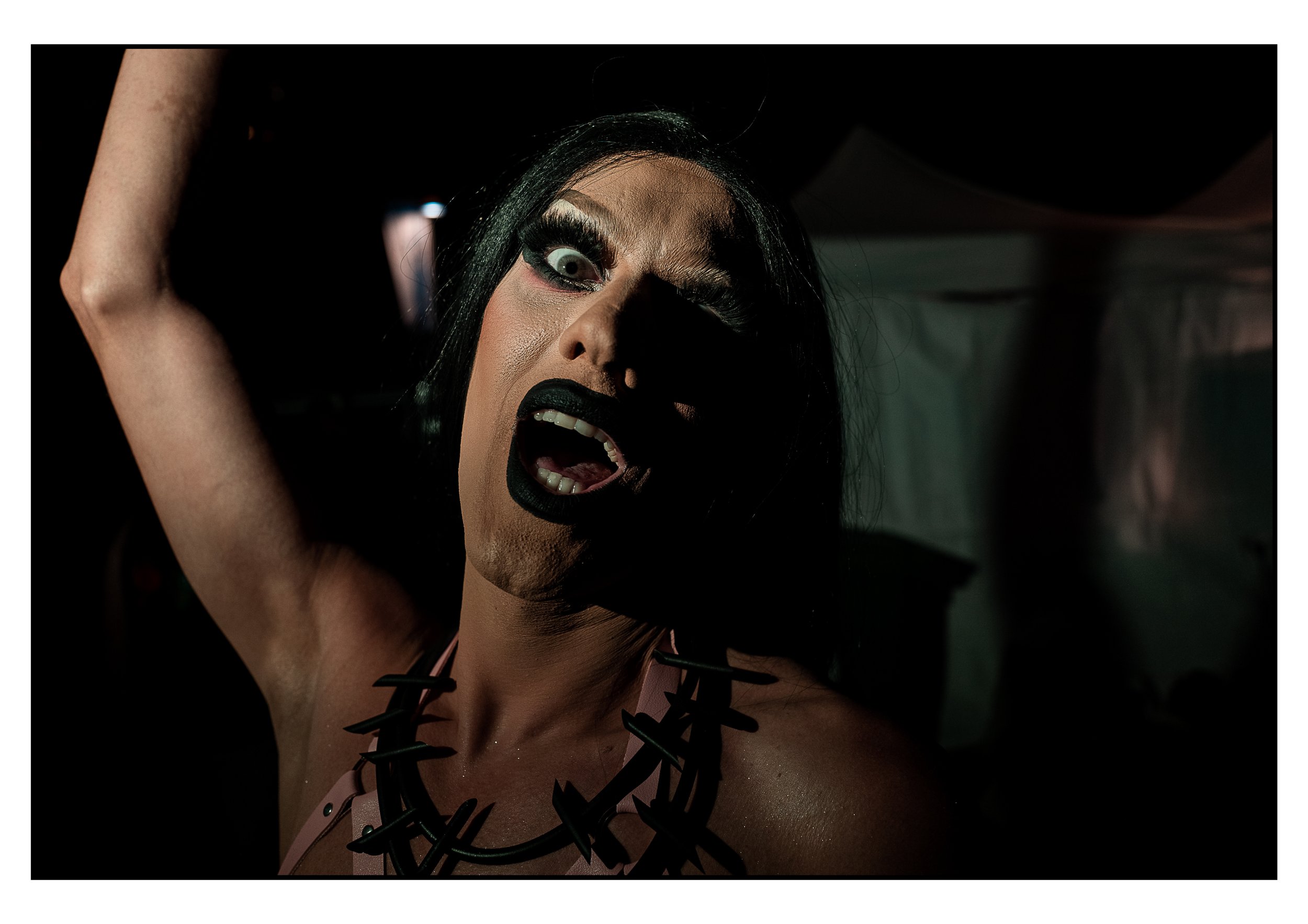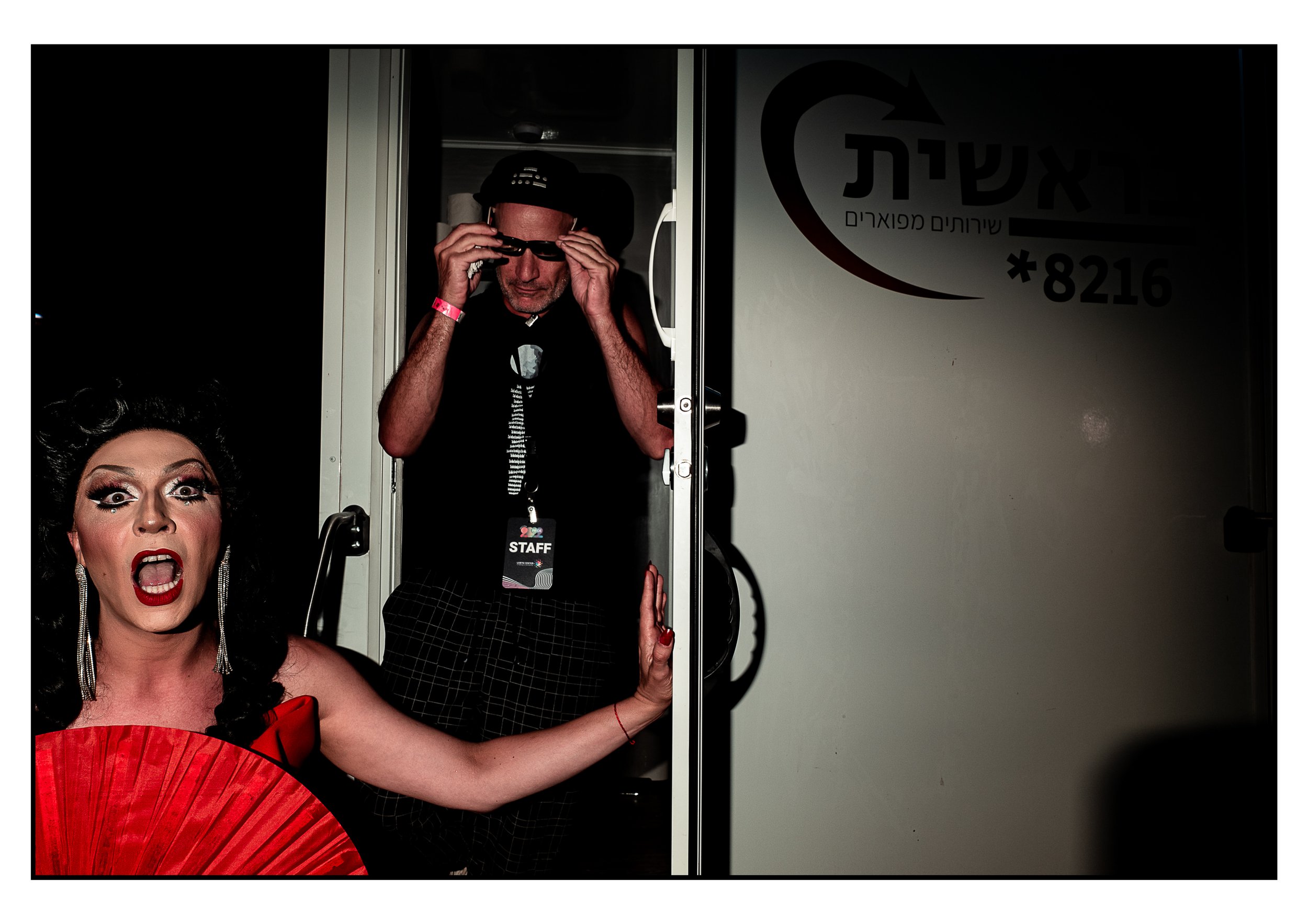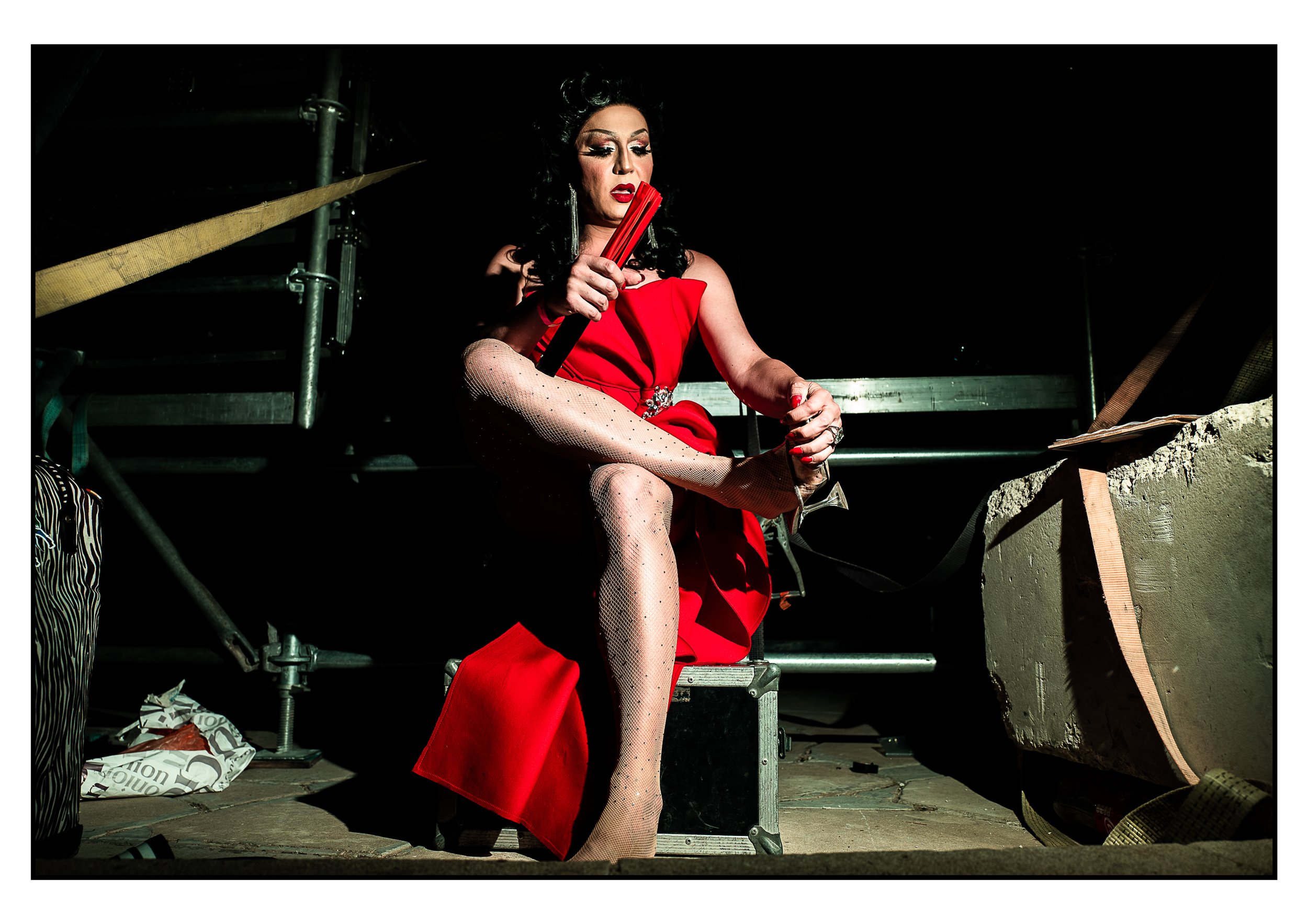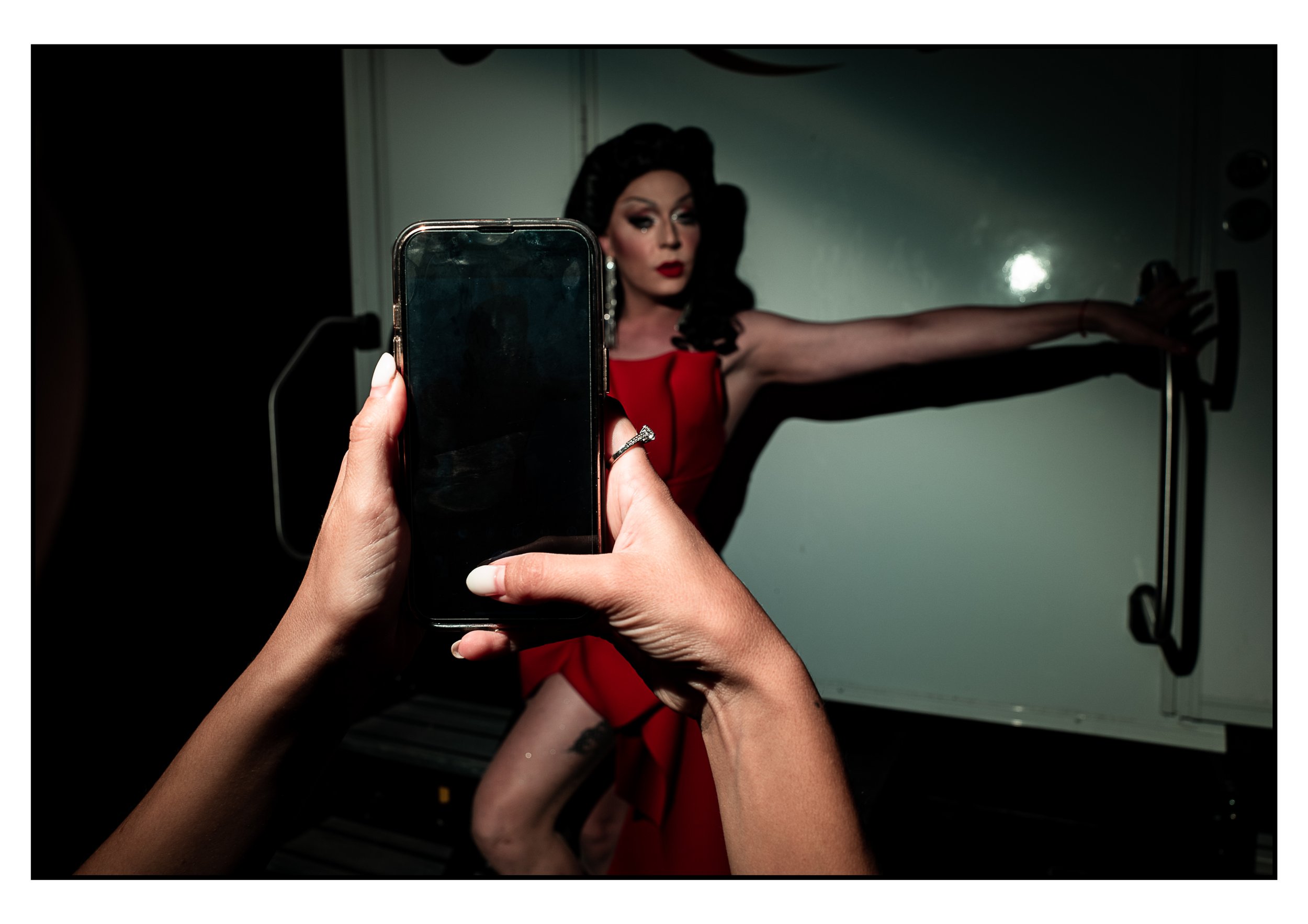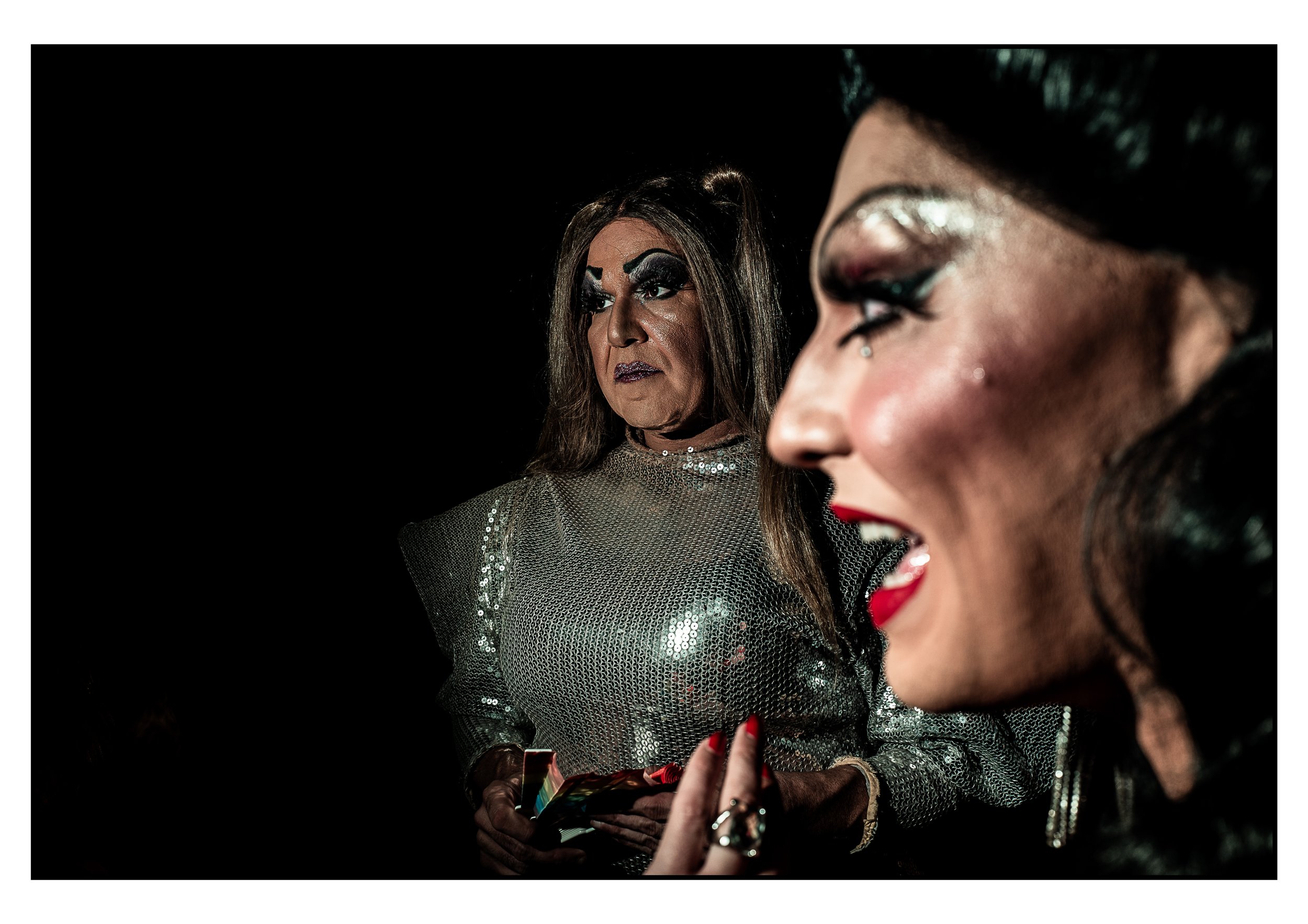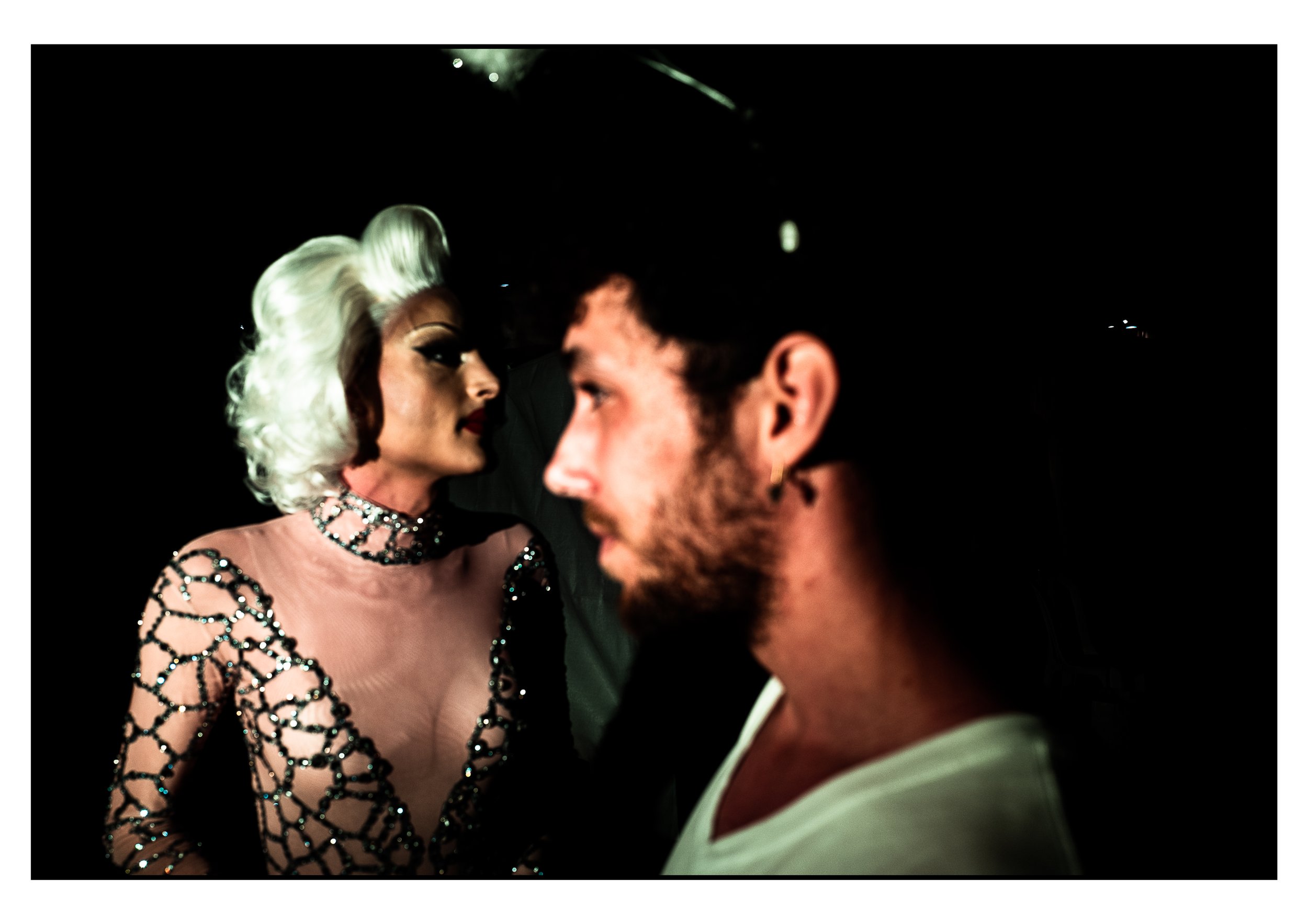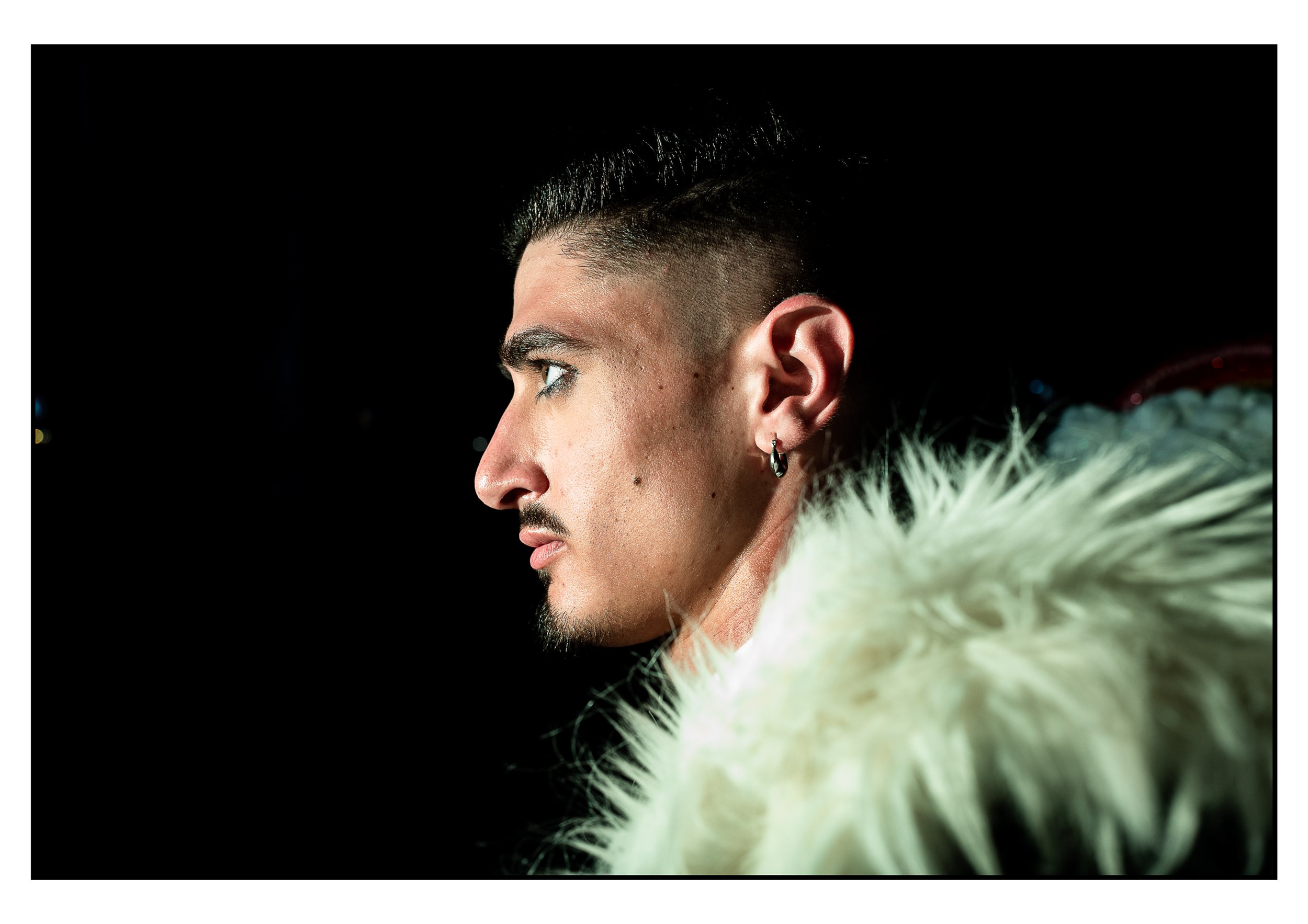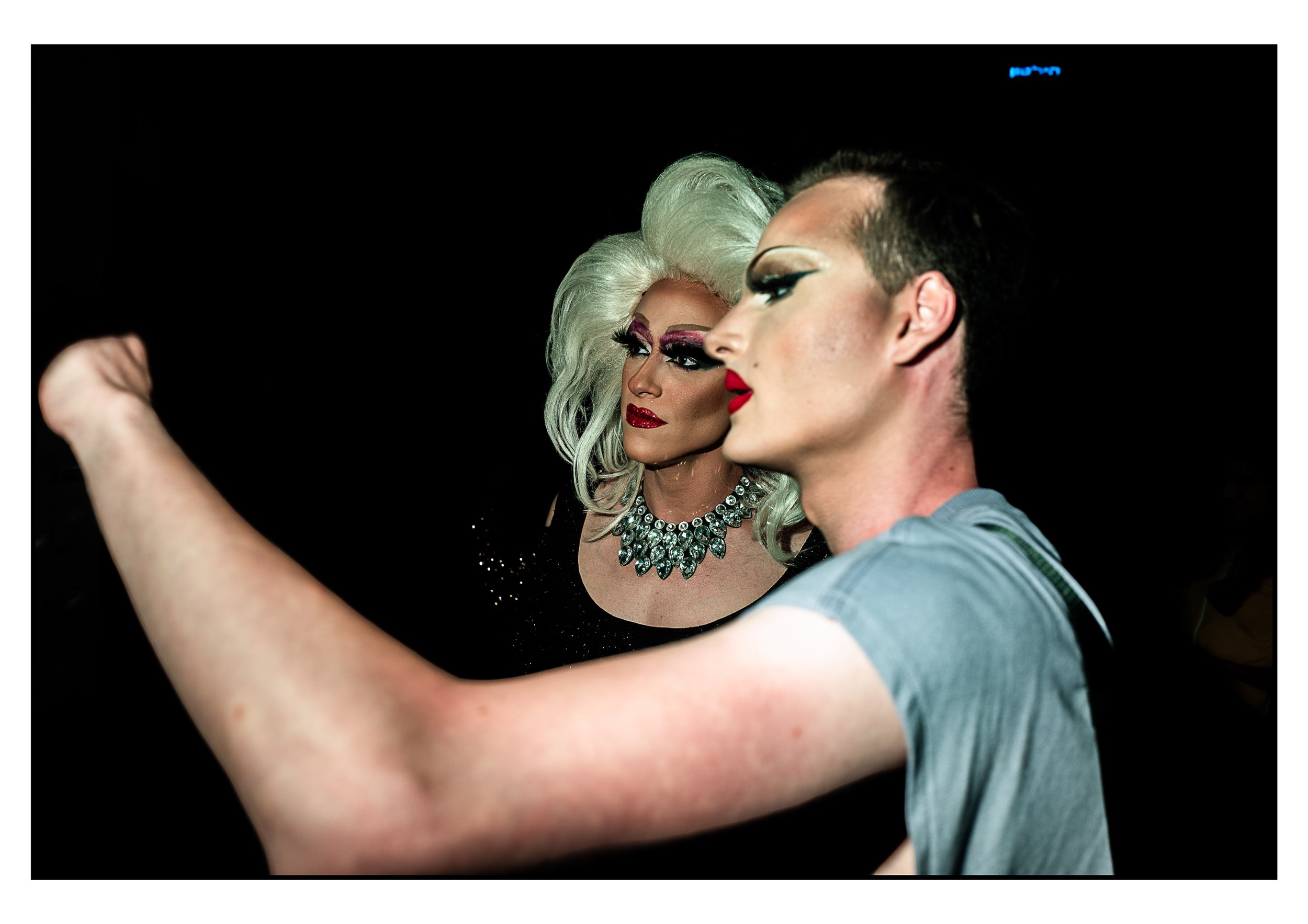The Pride 2022 Tel Aviv by Shimi Cohen
The Pride 2022 Tel Aviv by Shimi Cohen
The roots of Pride date back to June 1969 when the Stonewall riots erupted in New York’s Greenwich Village. A year later the first Pride march was held in NYC.
Today, Pride events take place all over the world. Some are massive celebrations.
Some are small underground gatherings.
Some take place with the support of local authorities.
Others face a violent backlash.
What they all have in common is a purpose: fighting for the equality of LGBTIQ people everywhere.
Pride is also a time to shine a spotlight on LGBTIQ issues and uplift and amplify the lives and contributions of LGBTIQ people.
Around the world, lesbian, gay, bi, trans, and intersex (LGBTI) people continue to face widespread stigma, exclusion, and discrimination, including in education, employment, and health care – as well as within homes and communities.
Many LGBTI persons face targeted physical attacks and extreme violence—they are beaten, sexually assaulted, tortured, and killed.
In many countries, discriminatory laws criminalize consensual same-sex relations and trans people, exposing LGBT people to arrest, blackmail, extortion, stigma, and in 5 countries, even the death penalty, for consensual same sex relations.
In most countries, trans people have no access to legal recognition of their gender identity, or face abusive requirements to obtain such recognition.
Intersex children and adults may be forced or coerced to undergo medically unnecessary interventions, in violation of their human rights.
